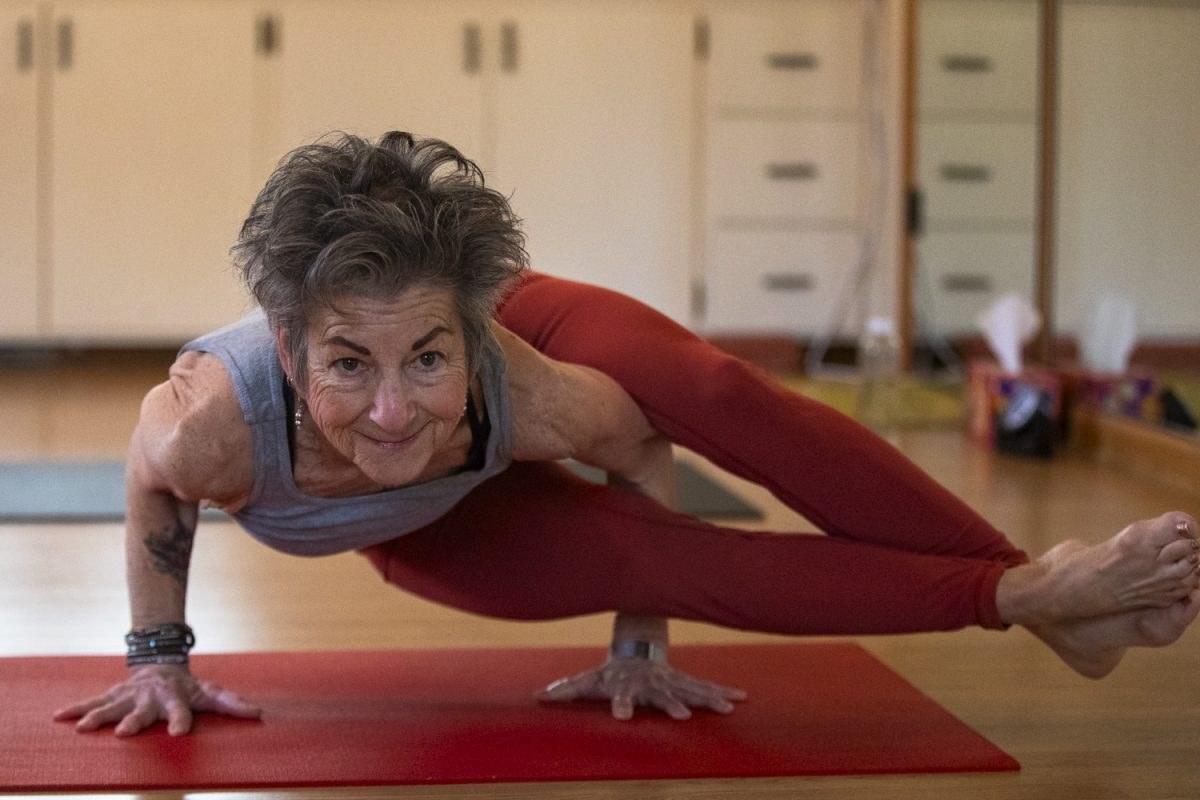By Kenyon Ellsworth
More than 100 cases — and spreading.
With no end in sight for the University of Iowa’s mumps outbreak, health officials will offer free measles, mumps, and rubella vaccines this week.
“The issue is that the cases are continuing to come in,” UI spokesman Tom Moore said. “It’s been a steady ongoing rate, and it’s not trending downward.”
Students will need their student IDs to be vaccinated and will go through a brief medical screening before receiving the shots.
Students who have received a live virus such as flu mist in the past 28 days will not be allowed to be vaccinated, said Lisa James, associate director for Clinical Outreach at UI Student Health and Wellness.
The offering of a third MMR vaccination on campus came from the advice of the Centers for Disease Control & Prevention. The UI has worked closely with the CDC and Johnson County Public Health to decrease and eventually eliminate the virus, Moore said.
“The issue is most people get the shot MMR before kindergarten, and effectiveness over time wanes,” Moore said. “That’s why CDC is targeting folks that are most at risk, under 25.”
Get vaccinations today
• Today: IMU Main Lounge — 10 a.m.-7 p.m.
• Wednesday: IMU Second-Floor Ballroom — 10 a.m.-7 p.m.
• Nov. 16: Burge — 11 a.m.-2 p.m.
• Nov. 16: Mayflower — 4-9 p.m.
• Nov. 17: Hillcrest — 4-9 p.m.
The current recommendation is that vaccines be administered only to UI students. The rest of the community is not considered to be at high risk for contracting the virus, said Doug Beardsley, director of Johnson County Public Health.
“I think it’s important for the community to understand that the transmission of mumps is mostly within the student population,” he said. “Only sporadic cases throughout the state that may or may not be related. We are taking steps to keeping it contained.”
Beardsley also said students should be conservative about their health and ultimately get the vaccine.
“That’s the best tool that we have right now,” he said.
James said she wants to instill the idea of herd immunity in students — especially those who think they don’t need to be vaccinated to stay health.
“It’s a public health concept,” she said. “If we get enough people vaccinated in a given population, it helps everybody. Even if a small number aren’t protected, the rest of community is, and it eventually stops spreading.”
The vaccination’s timing is no coincidence. Moore and many other professionals working to keep the outbreak at bay said they are worried about students spreading the virus when they return home for Thanksgiving break.
James said the virus could wreak widespread havoc if students are not careful.
“People are going to go home and pass it on to their siblings, parents, community, people in public areas such as airports, and the number of cases will just keep going up,” James said. “We can keep this contained, or we can cause an outbreak in the Midwest.”
Not only that, but those who contract the disease can experience harmful side effects.
“People aren’t dying from it, and the severe consequences are rare, but that’s one week I wouldn’t want to experience,” Beardsley said. “People really need to be isolated and are in a lot of pain.”
Other universities have experienced similar outbreaks this year as well. Robert Palinkas, the director of the McKinley Health Center, said University of Illinois-Champagne/Urbana has seen approximately 170 cases since April.
Illinois took a similar approach and chose to implement the free vaccinations on campus when the cases reached around 60.
Although the UI brought in the third vaccination quite a bit later, Moore and Beardsley said the CDC advises on a case-by-case basis.
“There’s no hard and fast rule. It’s a judgment call, and I think we have been judicious,” said Beardsley. “There’s a great deal of investment on everybody’s part — money, time, manpower, etc. We are still on the low end of the estimate that the CDC usually recommends.”
Moore said the vaccine is still the most helpful tool available.
“This is sort of the last resort. There really isn’t much else to try,” Moore said. “There’s not conclusive scientific evidence that it doesn’t tamp down these outbreaks, but this third MMR is still going to be very important in the process of keeping students healthy.”













